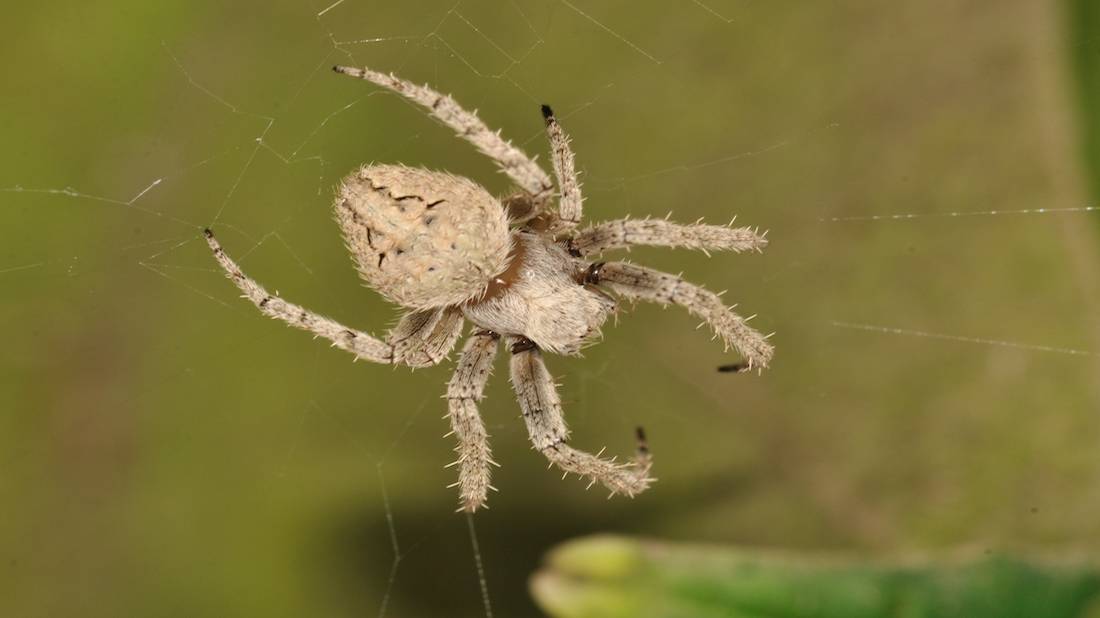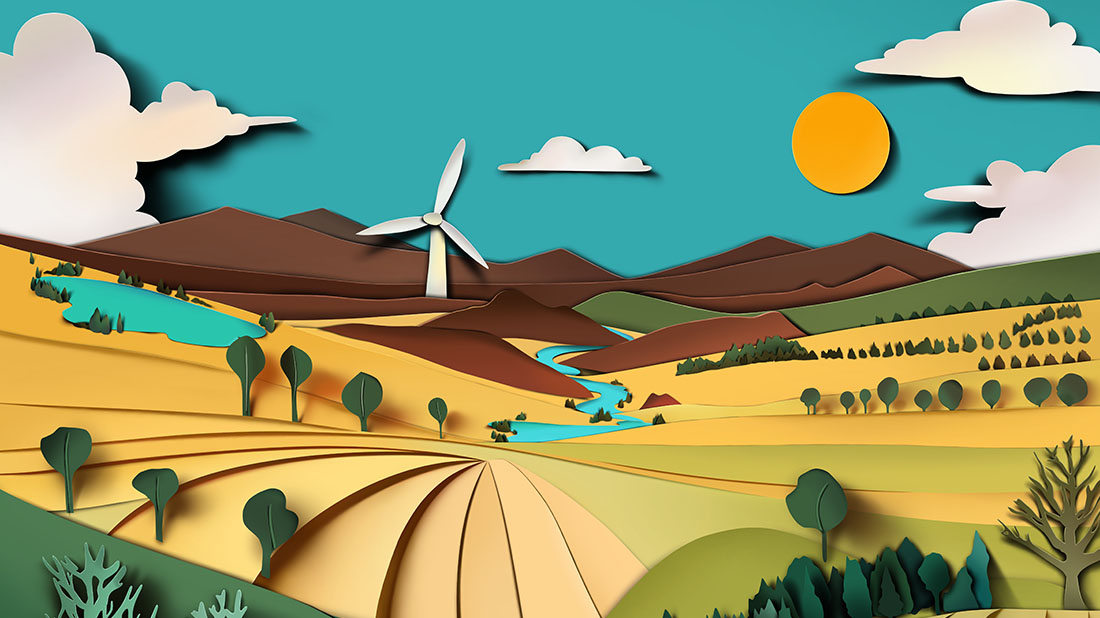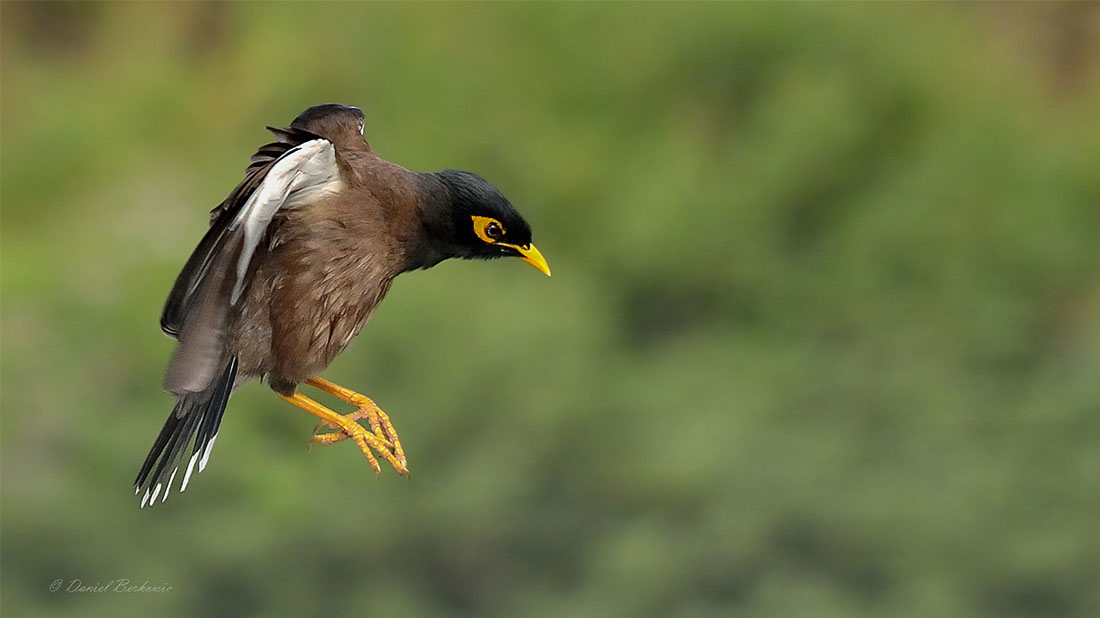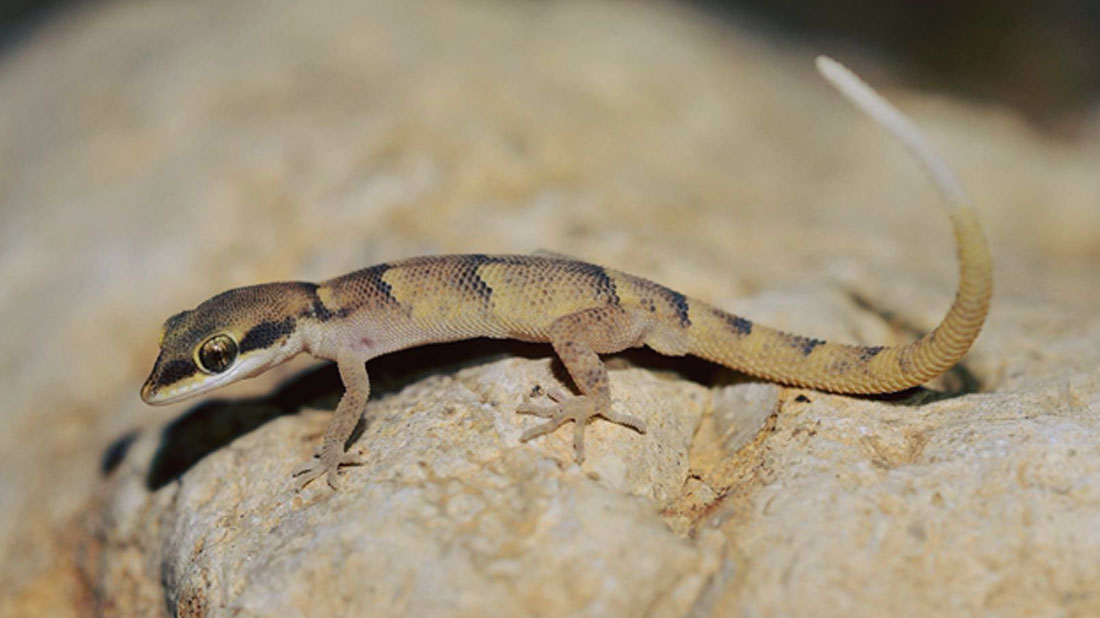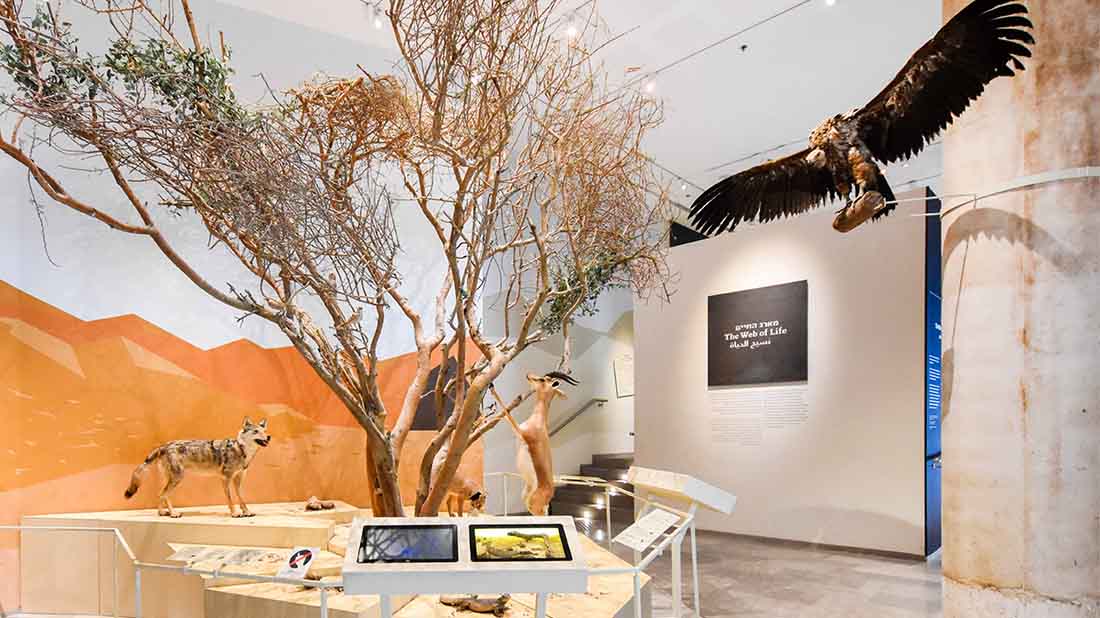Millions of years of evolution have led to the development of millions of species of animals, containing a vast range of unique natural products. Over the years, we humans became familiar with some of these natural products, and learned to use them for our needs. Here are a few fascinating examples:
Tiny syringes – courtesy of the sea anemone
The tentacles of the beautiful, delicate sea anemone are armed with stinging cells, like those of the jellyfish. These cells’ injection mechanism, which enables the sea anemone to administer the stinging substance rapidly and powerfully, served as a source of inspiration for Israeli researchers – who used it to develop exceptionally efficient nano-syringes. Each of the anemone’s stinging cells contains a capsule of stinging substance, with a narrow tube, folded as a spring and compressed at high pressure, leading out of it. Release of the tube causes rapid, powerful release of the stinging substance, enabling it to penetrate the victim’s skin layers. In fact, the anemone’s injection is one of the fastest procedures in the animal world. In their fascinating study, the researchers isolated stinging cells from sea anemones, replaced the stinging substance with medication, and coated the cells with a gelatinous material. When the gelatinous material is rubbed onto the skin, the medication penetrates the skin rapidly and efficiently.
Medications from sponges
Sponges are very ancient animals that have existed for 700-800 million years. In the course of their long evolution, their bodies developed diverse chemical defense mechanisms that now serve as a source for developing pharmaceuticals.
To date, researchers have isolated approximately 5,300 active substances from sponges, and approximately 200 additional substances are reported each year. These substances are effective for the treatment of bacterial, fungal, viral and parasitic worm infections, cancer, inflammations, immune failure and diseases of the nervous system.
Sponges are among the richest sources of natural products with antibiotic properties, but only a few of these products are used today in the pharmaceutical industry. On average, out of 5,000 natural products with medicinal potential, a mere five are tested in laboratories, and only one of these is ultimately approved for use and sold in the pharmaceutical market.
Surgical thread from spider silk threads
Spider silk threads are very thin, but also very strong: they are 30 times thinner than human hairs, but many times stronger than steel fibers of the same diameter. Spider threads comprise two proteins: fibroin –providing the thread with strength, and sericin –providing it with elasticity and adhesiveness. Another important property of spider threads is that the human body does not identify them as foreign objects. As a result, they are highly suitable for medical applications, such as surgical thread for suturing human tissues in surgical procedures.
Leeches as blood thinners
Medicinal leeches are parasitic worms that feed by sucking blood. They move by means of two organs, known as suckers. Their mouth, located next to the anterior sucker, contains several rows of small teeth, as well as a pumping mechanism for sucking blood. Known to man for thousands of years, the medicinal leech has had a range of medical uses, primarily involving blood-letting. As early as 1884, researcher John Haycraft discovered that the leech’s saliva contains a substance called hirudin that prevents blood clotting. However, it wasn’t until 110 years later, in the late 20th century, that hirudin was successfully produced commercially. The medication produced from this substance, named lepirudin, is given to patients suffering from a lack of platelets (a blood component involved in the blood-clotting process). Hirudin is also used in plastic surgery, which requires reconnection of blood vessels.
New natural products are discovered all the time, and many of them come from species that are new to science. Therefore, conservation of biodiversity is essential for the continued development of fields such as biotechnology and medicine. Unfortunately, the high rate of species extinction constantly diminishes our ability to discover new natural products. It is important to understand that each and every species on Earth is totally unique, and has its own special place in the Web of Life. With each species that becomes extinct, an irretrievable uniqueness is lost, together with a range of undiscovered natural products that may have been beneficial to mankind.


